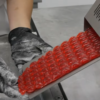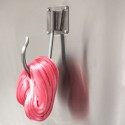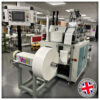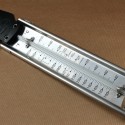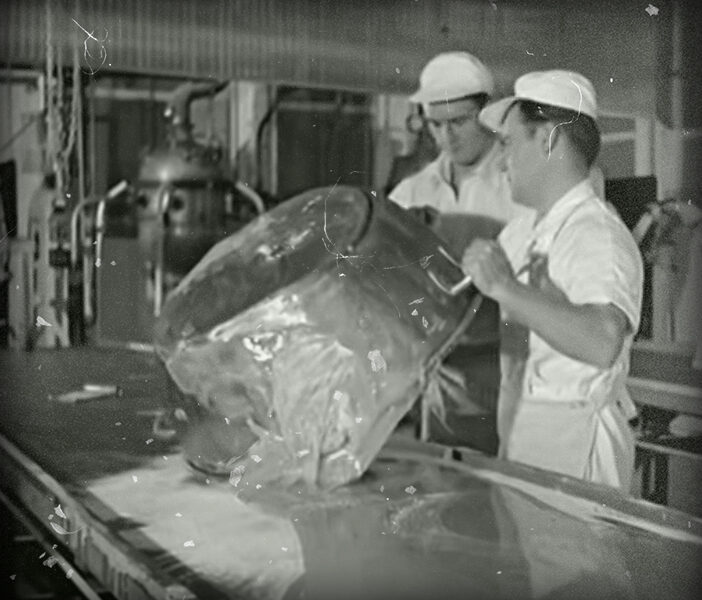
Unravelling the Colourful Language of Historic Sugar Boiling
In the history of candy making, it’s worth taking a moment to recognize the grit and fortitude of the sugar boilers of yesteryears. Without the luxury of modern tools such as thermometers, these unsung culinary pioneers routinely dipped their fingers into hot sugar solutions to gauge its progress. This method, while undoubtedly risky, demonstrated an unwavering commitment to their craft.
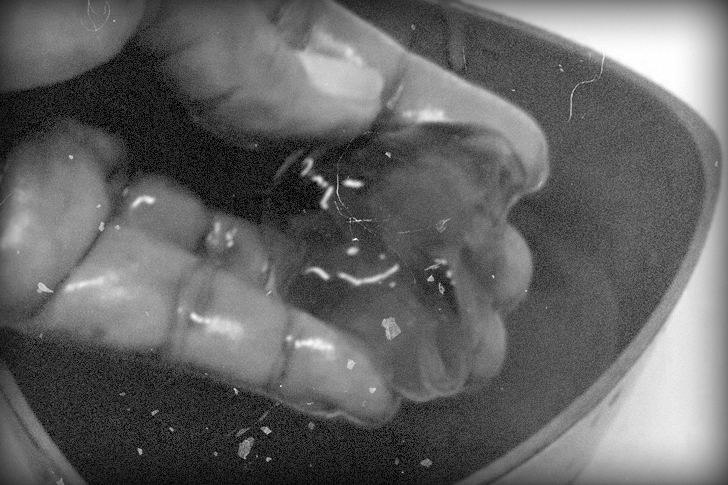
There existed a unique and colourful lexicon to describe the various stages of boiling sugar. While these terms may seem outdated in our modern context, they offered an inventive and tactile way of understanding the cooking process.
Despite their relative obscurity today, there is a charming nuance to these phrases as they give a surprisingly accurate description of the sugar’s state during the cooking process, assuming each confectioner shared a similar interpretation of the description. For instance, what precisely constituted a “soft ball”?
These traditional stages of sugar boiling included the following, in increasing order of heat:
- Thread
- String
- Snot
- Soft ball
- Medium ball
- Hard ball
- Crack
Please note, DO NOT try these methods, they are explained for historical reasons only.
The term “Thread” was verified by immersing a wet finger into the syrup. If the sugar solution was sufficiently concentrated, it would create a thread-like strand when the thumb and forefinger were pulled apart.
A “String”, slightly more viscous than a thread, formed a thicker strand or web. These two stages were used when the sugar solution was too dilute to be evaluated in water.
In our modern age, we would more likely employ the Beaumé or another similar scale to achieve superior precision in such measurements.
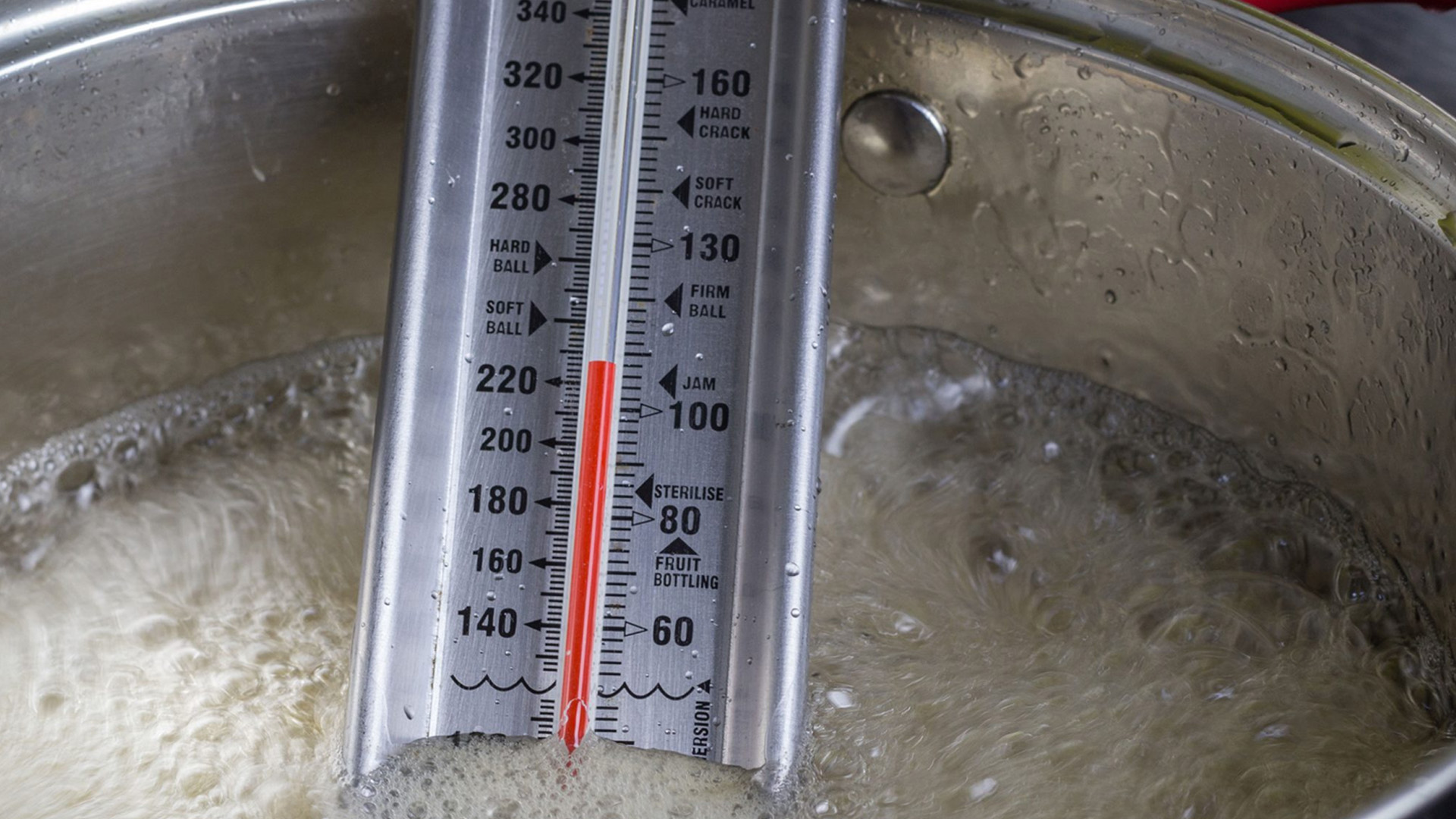
More concentrated solutions able to be tested in water were referred to by the somewhat less delicate term, “Snot”.
This was followed by the stages of “Soft Ball”, “Medium Ball”, and “Hard Ball”. These labels were indicative of a syrup so concentrated that it could be shaped into a ball when cooled in water, with the consistency varying from soft to hard based on the confectioner’s judgment.
The final stage was “Crack”, indicating a sugar solution that had reached its highest boiling point.
So, while the language we use to discuss cooking sugar may have evolved, the essence of the process—and the deft skill required to navigate it—remains a timeless part of the art of candy making.
Get In Touch!
If you need more help or information, please do not hesitate and contact us today! We are more than happy to answer any questions you may have.
